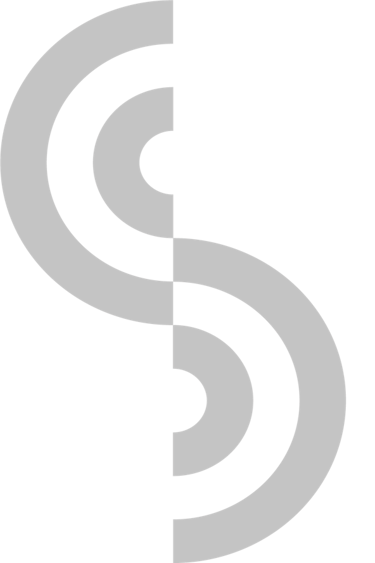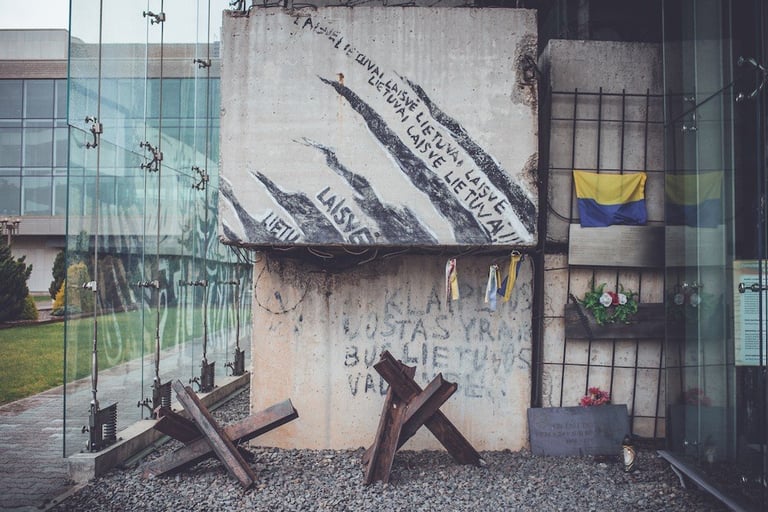This is home of the Parliament of Lithuania. Before that, though, it was the headquarters of the Supreme Council of the Republic of Lithuania and the Parliament of Restoration (Sąjūdis), which were the institutions tasked with preparing and announcing the Lithuanian Independence Act. Sąjūdis played a key role in establishing the constitutional and legal foundation of Lithuania as we know it today. That’s not where it started, though. Before all of that happened, Sąjūdis was an important organization for us in the dissident movement.
The Parliament of the Republic of Lithuania
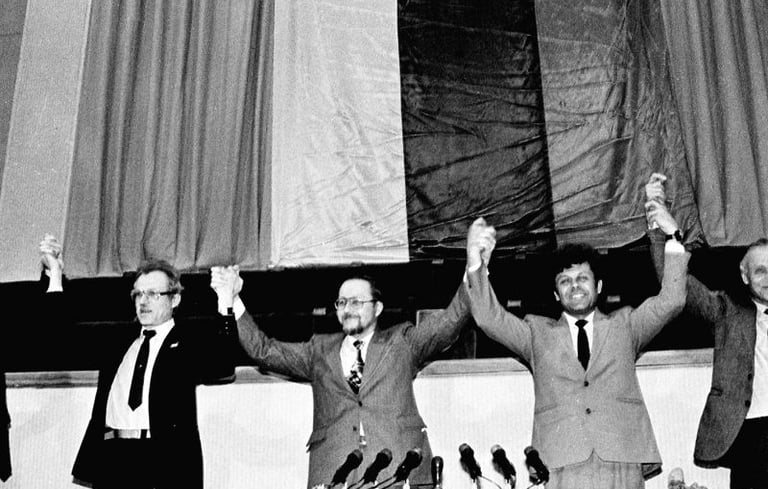

Sąjūdis was established on the 3rd of June 1988 as a party of intellectuals, both communist and non-communist, with their common goal being the reinstatement of independence to Lithuania. Cleverly, the Sąjūdis members chose to work within the systems and not be radically for or against the Communist party. This way, they could relate to the needs of the deprived Lithuanians who wanted their country back in their own hands, and at the same time, they would collaborate with the Communist party to get financial and legal support for some of their causes.
What is less well-known is that Sąjūdis was actively supporting democratic oppositionist groups and dissidents, connecting the democratic parties across the entire Soviet Union! Providing partial funding, they made it possible for the printing of independent publications from across the whole Union. Drafts of the various underground group newspaper would reach the Physics Institute of Vilnius, where Sąjūdis member and former diplomat of Lithuania, Petras Vaitiekūnas, would make numerous of copies.
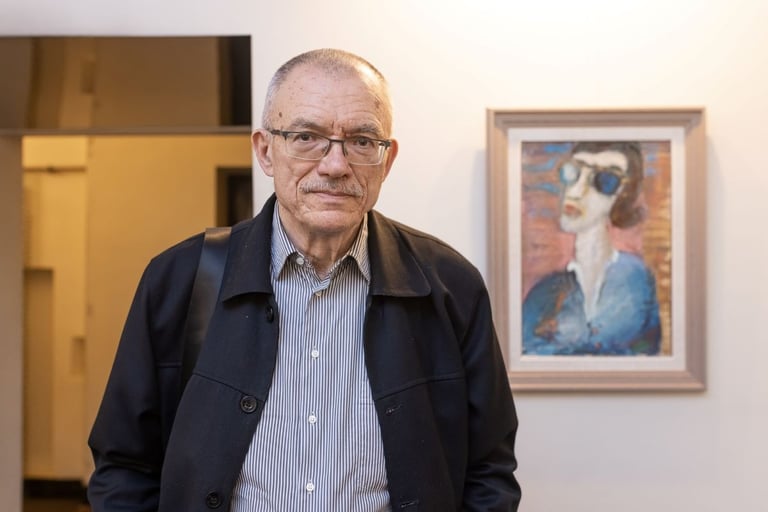

Petras believed so strongly in getting the word out, he figured the best way for you to learn about what happened was from him directly. That’s him calling now. Go on, pick up!
In 1990, Sąjūdis representatives won the absolute majority in the Supreme Council of the Lithuanian SSR, and elected Vytautas Landsbergis as the Chairman. And on March 11th, 1990, Lithuanian independence was declared again. A great day indeed.
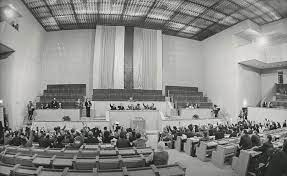

There would certainly be obstacles along the way, including the fighting against Russian forces who wanted to keep us under their oppressive rule. So, as we head to our next stop, we should take a moment to pause at the Memorial for the 13th of January and say a silent thank you to those who fought, and those who died, to ensure our freedom to rule ourselves.
Yes, you heard me right - some people died for our freedom, even though we were not in a full-scale war at the time. After the declaration of restoration of independence, the Soviet Union simply could not accept that they were losing grip over their occupied territories. In January of 1991, the Red Army was sent to Lithuania to take back power. Immediately after the news about it spread, thousands of Lithuanians united to defend some of the most important pillars of democracy and freedom - our radio and TV towers. People formed human chains around the towers and other important objects in Lithuania, and Red Army did not hesitate to shoot at them or run them over with their tanks.
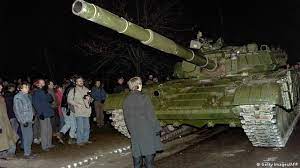

Here is what the monument for the victims of January events looks like (click on the picture below to see directions to it!)
And here's our next stop in the map below. Feel free to continue once you are there.
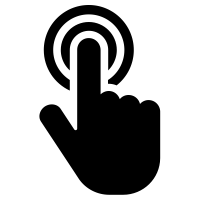

Next stop: The Supreme Court of Lithuania





